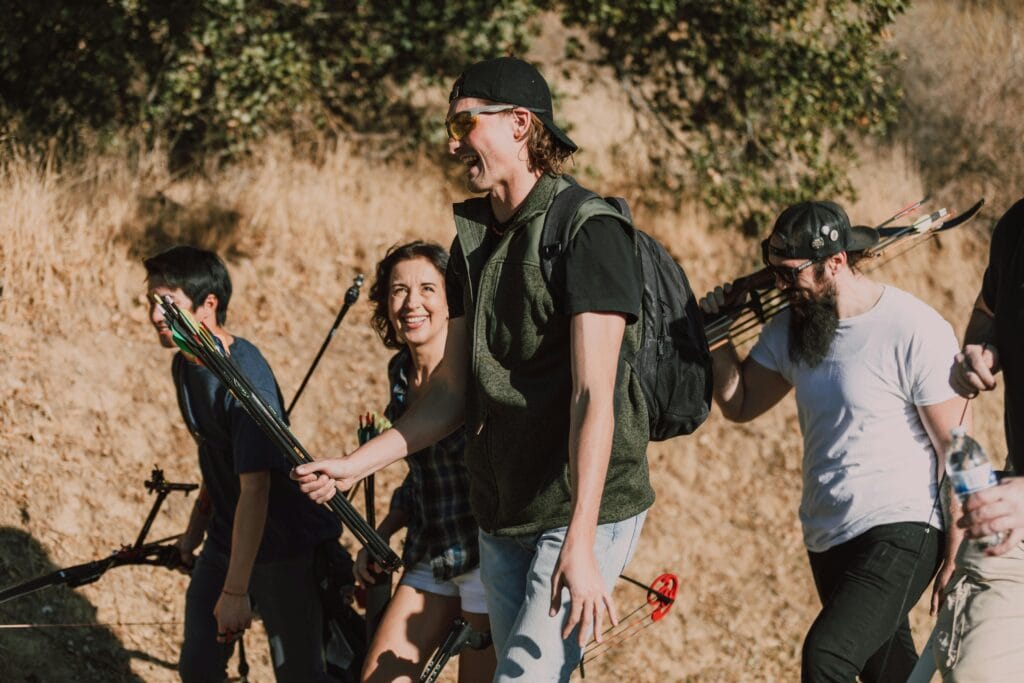
A Historic Loss at Grand Canyon National Park
On July 13, 2025, a fast-moving wildfire named the Dragon Bravo Fire ravaged the North Rim of Grand Canyon National Park, destroying the historic Grand Canyon Lodge and numerous other structures. The blaze, sparked by a lightning strike on July 4, has led to the closure of the North Rim for the remainder of the 2025 tourist season, leaving a profound impact on the park’s community and visitors.
The Fire’s Destructive Path
The Dragon Bravo Fire, fueled by extreme heat, low humidity, and wind gusts up to 40 mph, exhibited volatile behavior on July 12, expanding by 500 acres overnight to engulf approximately 5,000 acres by Sunday. The fire consumed the Grand Canyon Lodge—the only lodging within the North Rim—along with 50 to 80 structures, including the visitor center, gas station, administrative buildings, employee housing, and numerous historic cabins. The lodge, originally designed by architect Gilbert Stanley Underwood and rebuilt in 1937 after a 1932 kitchen fire, was a cherished landmark known for its sloped roof, massive limestone facade, and stunning canyon views.
Adding to the crisis, the fire damaged a water treatment facility, triggering a chlorine gas leak that forced the evacuation of firefighters and hikers from the inner canyon. Chlorine gas, heavier than air, poses risks such as respiratory irritation and blurred vision, prompting the closure of key trails like the North Kaibab, South Kaibab, and Bright Angel below Havasupai Gardens, as well as Phantom Ranch along the Colorado River. The National Park Service (NPS) assures that the gas does not pose a critical threat to nearby communities, though residents in Marble Canyon, Lees Ferry, and parts of the Navajo Nation may detect a chlorine odor as it dissipates.
Firefighting Challenges and Response
Initially managed as a controlled burn to improve forest health, the Dragon Bravo Fire grew uncontrollably due to dry conditions and strong winds, forcing a shift to suppression efforts. Firefighters faced significant challenges, as the chlorine gas leak prevented the use of aerial fire retardant near critical zones. Approximately 70 personnel are battling the Dragon Bravo Fire, while over 425 are assigned to the nearby White Sage Fire, which has scorched over 40,000 acres in Kaibab National Forest. The NPS conducted aerial bucket drops to slow the fire’s spread near the lodge and Transept Canyon, but the volatile conditions and gas leak limited their efforts.
A Community in Mourning
The loss of the Grand Canyon Lodge, a National Historic Landmark since 1987, has devastated park staff, residents, and visitors. “As stewards of some of our country’s most beloved national treasures, we are devastated by the loss,” said Debbie Albert, spokesperson for Aramark, the lodge’s operator. The lodge, perched at 8,000 feet, was a central hub for dining, shopping, and breathtaking views, often the first stop for visitors before they saw the canyon itself. Local guide Brian Speciale described the North Rim as a “peaceful, remote” haven, lamenting the loss for seasonal workers who considered it home.
Arizona Governor Katie Hobbs expressed her sorrow, stating, “As someone born and raised in Arizona, I know what the Grand Canyon National Park means to so many people, not just in Arizona, but all over the world.” She has called for an independent investigation into the federal government’s decision to initially manage the fire as a controlled burn during Arizona’s driest season, demanding answers to prevent future losses.
The White Sage Fire and Regional Impact
Simultaneously, the White Sage Fire, also ignited by lightning on July 9, has burned over 40,000 acres north of the North Rim, forcing evacuations in Jacob Lake and surrounding areas. While fire lines on its southern edge are holding, the fire’s rapid spread to the east and north through dry grass and dead trees continues to challenge over 500 firefighters. The combined impact of these fires, which have burned over 45,000 acres, underscores the growing threat of wildfires in the region, exacerbated by climate-driven hot and dry conditions.
With no injuries reported and all staff and visitors safely evacuated, the focus now shifts to containment and recovery. The North Rim’s closure disrupts the plans of millions who visit the Grand Canyon annually, with the quieter North Rim typically drawing fewer crowds than the South Rim, which remains open. The loss of irreplaceable archives and artifacts, including the iconic 600-pound “Brighty the Burro” statue, adds to the cultural toll. As firefighting efforts continue, the NPS and local authorities are assessing the damage and planning for the future, while the nation mourns the loss of a historic gem.
Sources: National Park Service, InciWeb, Arizona Governor’s Office, and news reports from Fox News and Live Science.


